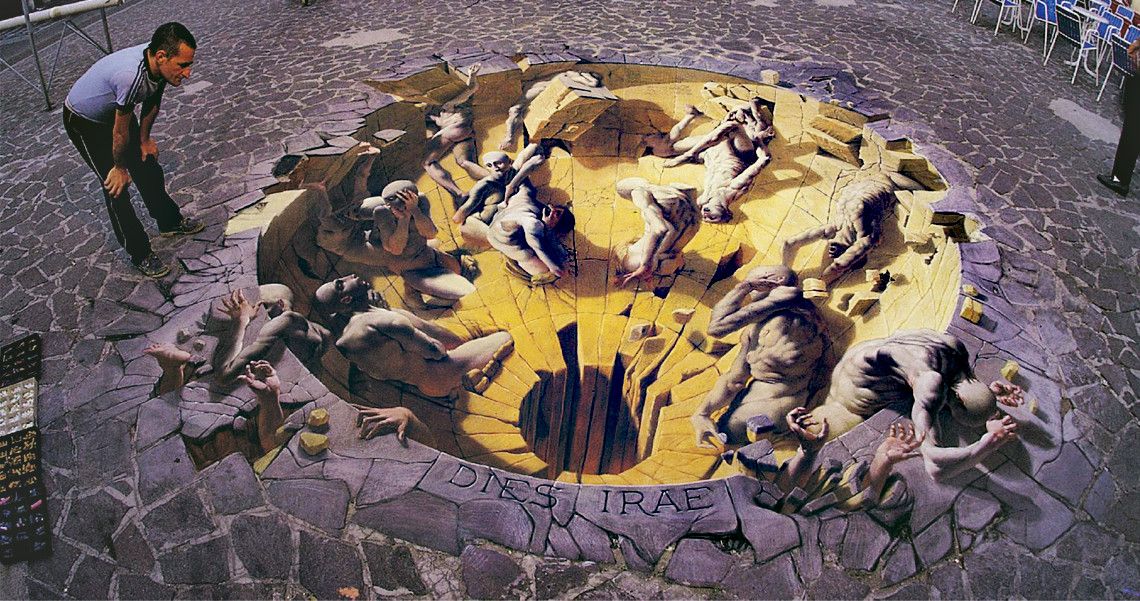Does it count when old ideas become new ideas?
In the world of innovation, it can be hard to come up with new ideas. It seems like no matter what you think you’ve dreamed up, someone else has had that same dream. But who wants old ideas? Would you believe “a hungry public”? Kurt Wenner is not only a master of his art, he’s the creator of […]

In the world of innovation, it can be hard to come up with new ideas. It seems like no matter what you think you've dreamed up, someone else has had that same dream. But who wants old ideas?
Would you believe “a hungry public”?
Kurt Wenner is not only a master of his art, he's the creator of it. Granted, his idea wasn't necessarily “new”. Pavement art has been around for centuries, and it can possibly even be tied to cave-paintings. Wenner himself was inspired by the 16th century “Madonnari”, pavement artists who used chalks and pastels to create images of the Madonna for public viewing and donations. His style is very much from the Renaissance. One has only to compare his work at the Waterloo Station in London to the 16th century Spanish painting “The Fountain of Life”.
Why is this old idea so popular? Because Wenner saw this old artistic style, long swept under the rug in favor of the “Modern Art” movement, in a new light. The activity in the scenes, the perspectives, the shading, all things that drew only the admiration of those interested in Renaissance art, looked to Kurt Wenner like 3D art just waiting to burst forth onto an unsuspecting, and very appreciative, public.
Since Wenner began his leap from working at NASA as a scientific illustrator to creating 3D pavement art in 1982, hundreds of artists have been inspired to create their own 3D works, including Julian Beever,Edgar Muller, and Manfred Stader. They have their own techniques for achieving the breath-taking, and sometimes heart-stopping, 3D effects, but all can trace their roots to Kurt Wenner.
Wenner's work tells a story and challenges the status quo of the era of Modern art. He calls to the public to reconsider the use of classicism, the language of which he feels has been overlooked for too long. It was an old idea envisioned through new eyes and applied in a new way.
Innovation, the creation and employment of new ideas, is not always so firmly rooted in the past. If it was, the Beatles never would have introduced a sitar into rock-n-roll and we would never have seen those ketchup squeeze packets at our local burger joints.
Sometimes, however, that next great new idea can be found by re-envisioning an old idea in a new way. For example, the “new” idea of a push-button to start a car, as seen in the Mazda RX8, is actually an old idea going back at least as far as Mercedes-Benz in the 1930's.
So when you're struggling for new ideas, it might be a good idea to look for old ideas as well. Sometimes with a little dusting off and a tweak here and there, they can become not only new ideas, but new ideas with a proven track record, and that's innovative!
To stay up-to-date on the latest thinking on innovation, subscribe to the blog and receive the latest posts and podcasts without needing to check back.




